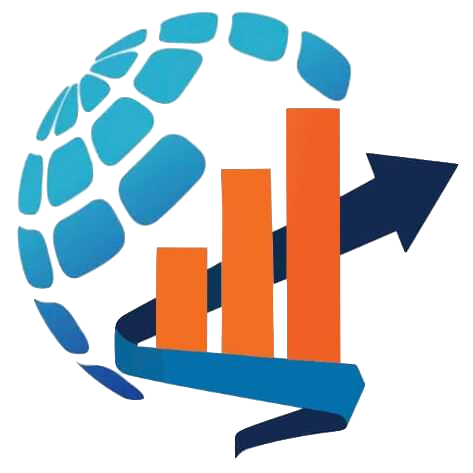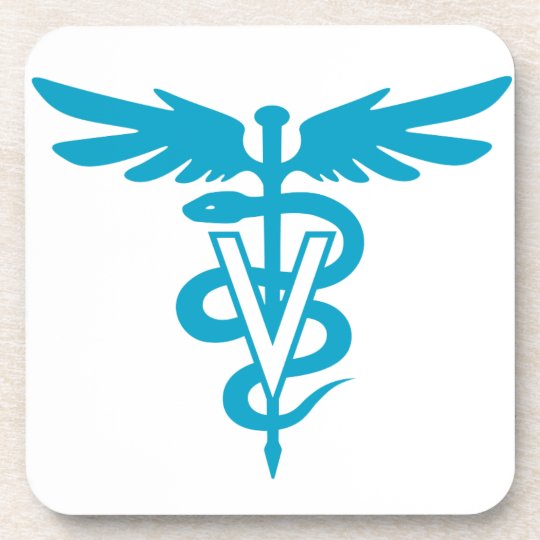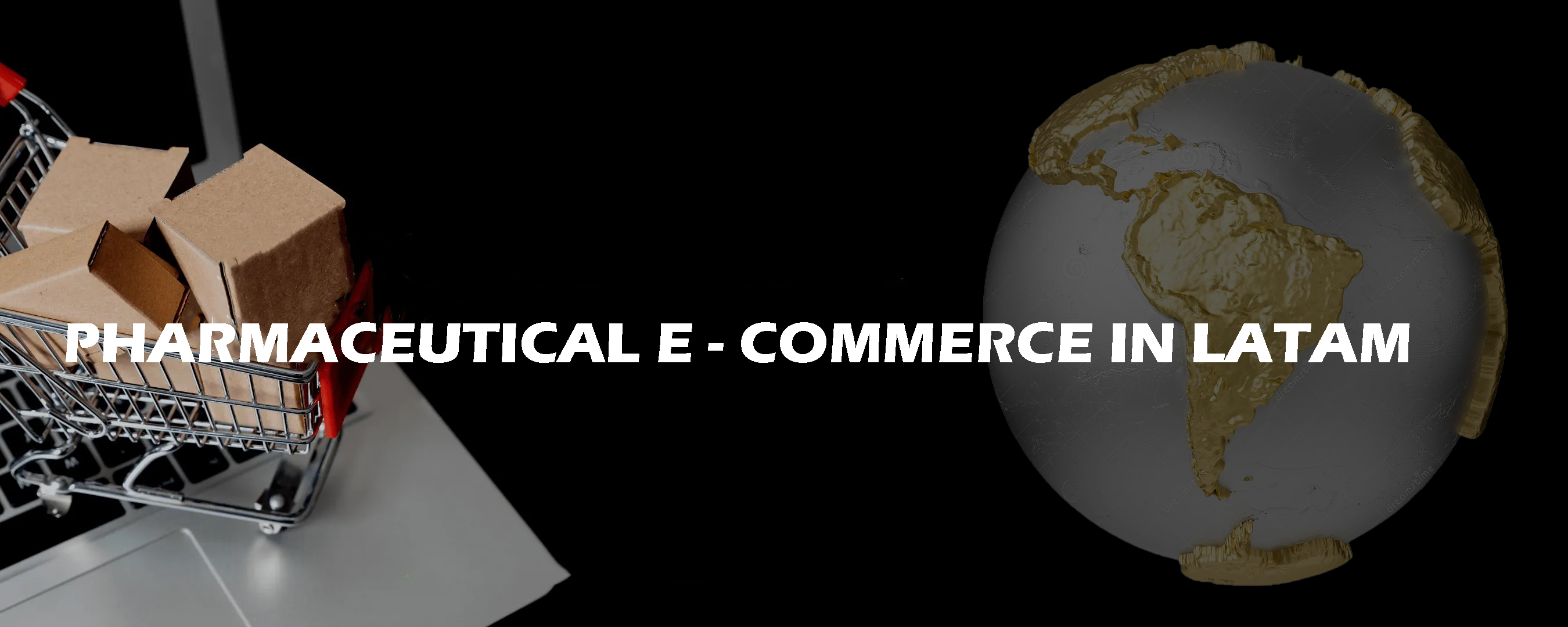Pharmaceutical E-Commerce in Latin America
Pharmaceutical E-Commerce in Latin America: Challenges, Regulations, and Opportunities for Laboratories
The Digital Revolution Reshaping the Latin American Pharmaceutical Landscape
Pharmaceutical e-commerce in Latin America is undergoing rapid transformation, accelerated by the COVID-19 pandemic and fueled by growing digital adoption across the region. For pharmaceutical laboratories, this evolving landscape presents both significant opportunities and complex challenges.
Regional Market Overview: Growth in Motion
The Latin American pharmaceutical e-commerce market is expanding rapidly. Key indicators highlight its momentum:
-
Online pharmaceutical sales grew by over 300% from 2020 to 2024.
-
Market penetration has reached approximately 15% in Brazil and 12% in Mexico.
-
The total regional market is projected to reach $8 billion by 2026.
Growth Drivers
-
Increased consumer demand for convenience and time savings
-
Expanded access to medications in underserved or remote regions
-
Greater price transparency and product availability
-
Implementation of automated adherence programs and digital health tools
Regulatory Landscape: A Country-by-Country Breakdown
Brazil: The Regional Leader
-
Regulation: Overseen by ANVISA. Online sale of OTC drugs is permitted, but requires a physical pharmacy license. Controlled substances still require hardcopy prescriptions.
-
Opportunities: Brazil is the region’s most mature market, home to major players like Drogasil. Integration with public healthcare systems is advancing.
-
Challenges: Regulatory complexity, intense competition, and logistical hurdles in remote areas.
Mexico: Rapid Expansion
-
Regulation: COFEPRIS permits online OTC drug sales. Digital prescriptions are being rolled out, but physical validation is still necessary.
-
Opportunities: A young, tech-savvy population and growing demand outside major urban centers.
-
Challenges: Fragmented regulation across states, dominance of traditional pharmacy chains, and low awareness of digital options.
Argentina: Innovation Through Adversity
-
Regulation: ANMAT allows OTC sales online; digital prescription adoption is ongoing.
-
Opportunities: Early adopter market with potential in high-value therapeutics and integration with social health insurance.
-
Challenges: Economic instability, complex regulatory dynamics, and geographic/logistical constraints.
Colombia: An Emerging Digital Hub
-
Regulation: INVIMA supports regulated online sales and telemedicine-enabled prescriptions, with specific rules for controlled substances.
-
Opportunities: Rapid market growth and potential as a regional e-health hub.
-
Challenges: Limited logistics infrastructure and digital literacy, along with competition from imports.
Evolving Business Models
Several successful digital pharmacy models are emerging across Latin America:
-
Pharma Marketplaces: Aggregated platforms that connect multiple pharmacies, enabling price comparison and centralized or distributed fulfillment.
-
Direct-to-Consumer (DTC): Allows laboratories to sell directly to patients, offering higher margins and full brand control, albeit with higher operational demands.
-
Omnichannel Pharmacies: Integrate online and physical retail through services like click-and-collect, home delivery, and telehealth consultations.
-
Subscription & Adherence Services: Support chronic disease management through recurring deliveries, personalized reminders, and digital engagement tools.
Strategic Opportunities for Laboratories
Direct-to-Consumer Channels
-
Advantages: Direct relationships with patients, access to real-time behavioral data, improved brand experience, and increased margins.
-
Ideal for: Wellness products, chronic treatments, and niche therapeutics.
Telemedicine Integration
-
Benefits: Enhances adherence and outcomes, lowers healthcare costs, and facilitates value-based care models.
-
Use Cases: Virtual consultations linked to prescriptions and digital monitoring tools.
Digital Loyalty Programs
-
Strategies: Incentivize adherence and purchases through rewards, discounts, exclusive product access, and value-added services.
Operational and Technological Challenges
To succeed, labs must address several critical areas:
-
Traceability & Authenticity: End-to-end product tracking, potentially via blockchain, to meet regulatory and consumer trust requirements.
-
Cold Chain & Logistics: Efficient, temperature-controlled delivery systems, especially for biologics and vaccines.
-
Systems Integration: Seamless connectivity with healthcare ecosystems, insurance providers, and electronic prescription platforms.
-
Cybersecurity & Data Privacy: Robust defenses to protect sensitive health data and comply with regional data privacy laws.
Enabling Technologies
Several technologies are driving innovation in pharmaceutical e-commerce:
-
Artificial Intelligence (AI): Powers personalized recommendations, inventory optimization, adherence analytics, and virtual customer support.
-
Blockchain: Ensures transparency and traceability in the drug supply chain and digital prescription management.
-
IoT & Sensors: Enhance logistics with real-time temperature monitoring, inventory control, and smart delivery systems.
-
Augmented Reality (AR): Improves user experience with interactive product information and educational tools.
Implementation Roadmap for Labs
Phase 1: Planning & Assessment
-
Conduct in-depth market and regulatory analysis.
-
Identify opportunities and select the most appropriate business model.
-
Develop a robust business case.
Phase 2: Development & Piloting
-
Build digital platforms and capabilities.
-
Establish partnerships with pharmacies and logistics providers.
-
Launch pilot programs and iterate based on feedback.
Phase 3: Scale & Optimize
-
Expand into new markets.
-
Optimize operational workflows.
-
Invest in continuous improvement and advanced analytics.
Key Success Factors
-
Regulatory Agility: Maintain proactive engagement with regulators and build adaptable compliance strategies.
-
Technological Excellence: Prioritize secure, scalable platforms and seamless user experiences.
-
Operational Efficiency: Invest in reliable logistics, inventory management, and customer support.
-
Commercial Strategy: Differentiate through value propositions, strategic partnerships, and targeted digital marketing.
Emerging Trends to Watch
-
Advanced Personalization: Leveraging AI for behavioral and genetic tailoring of treatments.
-
Integrated Health Ecosystems: Collaboration between labs, insurers, telemedicine providers, and pharmacies.
-
Frontier Technologies: Innovations such as drone delivery, 3D-printed medications, VR-based patient education, and predictive health analytics.
Conclusion: A New Era for Latin American Pharmacies
The future of pharmaceutical e-commerce in Latin America is digital, intelligent, and patient-centric. Laboratories that invest in market-specific strategies, robust technological infrastructure, and value-driven engagement models will be well-positioned to lead this transformation.
This is more than a digital shift—it is a strategic opportunity to redefine access to healthcare, improve outcomes, and create lasting competitive advantage.
The digital pharmaceutical revolution has arrived. The question is: will your lab lead it—or follow?













